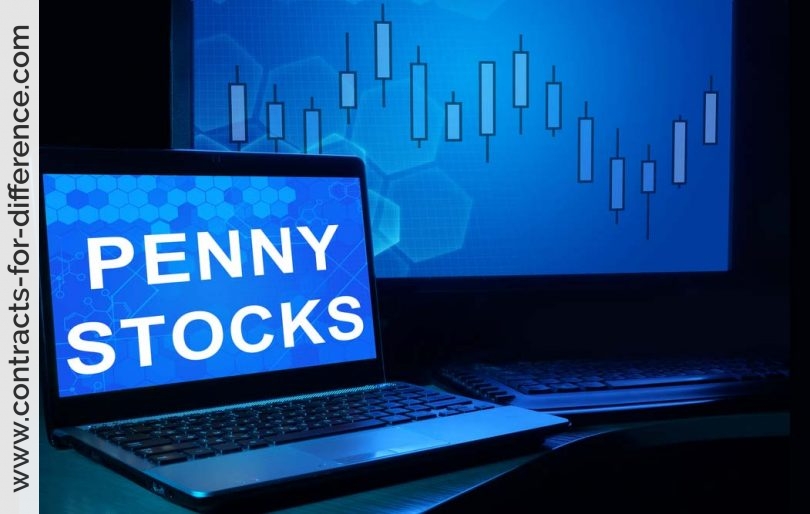Many people are attracted to the prospect of trading on the Alternative Investment Market (AIM) and other small-cap shares because they see the widely fluctuating prices and hope to hit a home run. If you’re a fan of volatility, then smaller companies can be very attractive and provide opportunities which you cannot find with the mainstream companies. Before committing your money to small investments like these, you need to make yourself fully aware of all the differences there are to investing or trading in large or medium caps.
There are a couple of problems when you want to trade in the smaller market. These companies typically have less trading history, a shorter track record, and liquidity may be an issue, with some company shares only changing hands four or five times a day, if that. With so little trading, if you are used to picking shares with technical analysis you may be very frustrated. Technical analysis needs to have a freely floating market so that the prices can gravitate to consensus levels, and with scant trading, prices reflect merely what individuals are prepared to pay at the time. It’s not uncommon to see big gaps in the trading price of AIM listed shares, and the charts are likely to be much spikier than the bigger established companies.
Here is what one disillusioned investor had to say about the AIM market: This is the real issue with an AIM listed entity, you can just keep printing shares to bail yourself out of your shit decisions and then gift yourself chunks of shares in increasing amounts as the price declines. Shareholder churn will always guarantee that you can keep this cycle of failure going.
The smart bit is as that as you fail, you award yourself more shares so you never lose out as you average down for free whilst those you have taken for a ride have to pay to average down and pay to keep up with any dilution which you claimed would “add value” but in reality just accelerates value destruction. Even smarter you then do hugely discounted placings right at the bottom and take the opportunity to fill your own boots whilst disgustingly passing this off as showing huge personal support for the business. AIM CEOs are all cut from the same cloth, self-serving and greedy.
The lack of accountability is shocking , there are zero ramifications for simply providing false information and false guidance, you can just go quiet for a few months then move one to your next distraction technique whilst continuing to keep your nose in the trough. The other common trait of AIM CEOs is that they simply don’t give a shit about anything other than their own ego, their own vanity projects and keeping their own personal cashflow in good order.
Another problem if you use CFDs to trade on smaller shares is that you can expect to see very large spreads compared to dealing in the largest stocks, and this is purely a reflection of the dealer’s problems with finding a market when he needs to buy or sell. The consequence of this is that you may need to look at these shares as a longer-term investment in order to recoup the spread and then start to make a profit.
The situation has improved tremendously in recent years, however. A few years ago, many firms would not offer small caps in their markets choices, but now more and more are coming on board. Responding to the public demand, some dealers are offering CFDs on small caps that have a total market cap of as little as £1,000,000, and put forward a margin rate of 20% of the share value. If you want to trade a specific size, it pays to shop around for a dealer that will accommodate you.
With the more ready availability of leveraged products, the AIM market has been picking up, with many people becoming interested in the possibilities offered by small upstart companies. CFDs and spread betting have opened up stock market trading for the smaller trader who still wants to see a good profit, and small caps have the potential to increase your investment significantly. You simply will not see the same amount of profit potential amongst the large and mid-cap shares. It’s like betting on the outsider in a horse race, rather than wagering on the favourite. While risky, a small proportion of everyone’s portfolio should be directed towards smaller caps.
Someone asked me: “Why does Aim attract the illiterate/greyhound punters?” Because those people buy shares in much the same way that professional investors occasionally buy a lottery ticket.







